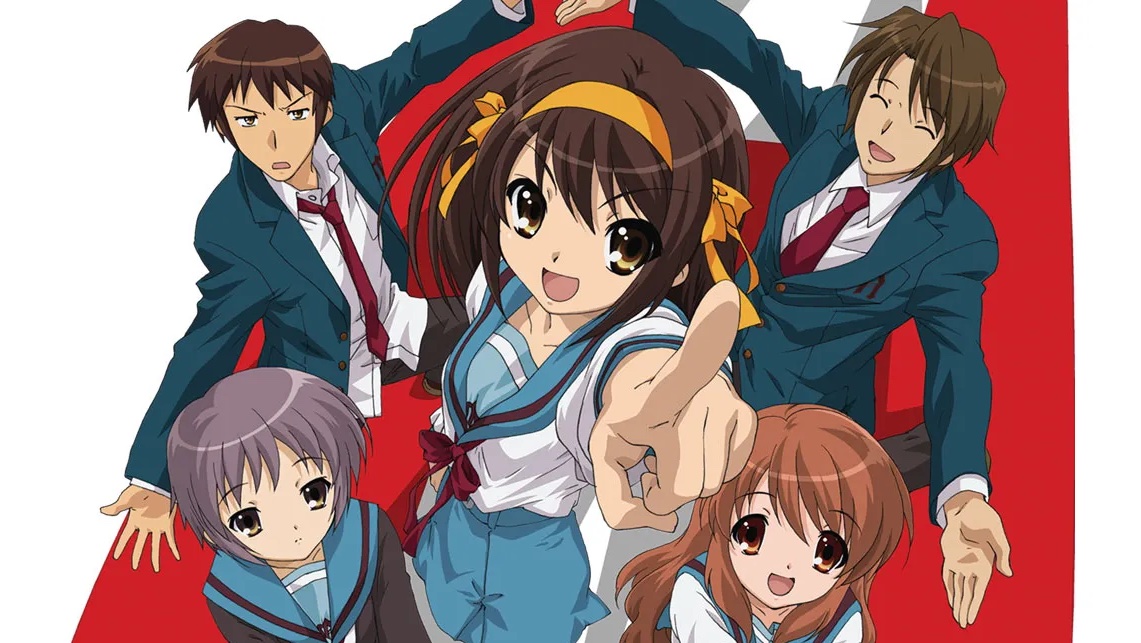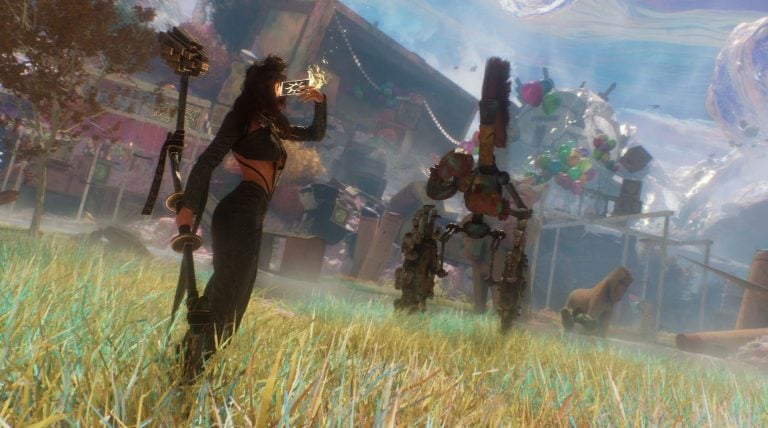An X/Twitter post about a user’s unexpected dissatisfaction with the Melancholy of Haruhi Suzumiya series has online users discussing how the greatness of a title can be diminished by its successors continuously borrowing from it.
In the post, the OP shares their theory on why they couldn’t get into the hit Haruhi Suzumiya light novel series, commenting, “The reason why Haruhi feels so average to me could be that, ever since Haruhi became a big hit, it’s been imitated by so many other titles over the times, making me so used to everything that nothing feels new when I read the real thing.” It seems that while the Haruhi series predates many works with similar themes and tropes, the saturation of imitations over the years has made the original feel like just another copy.
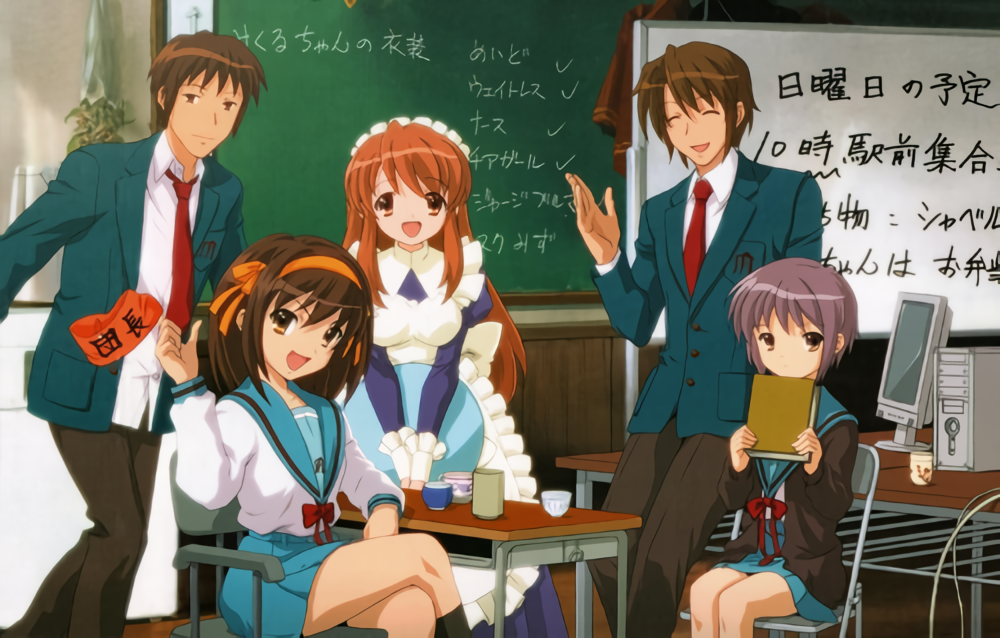
The Haruhi Suzumiya series is a collection of Japanese light novels written by author Nagaru Tanigawa. The series became a hit among anime fans after Kyoto Animation adapted the story into an anime. Anime adaptations from light novels were still relatively uncommon at the time, but the success of the series triggered a surge in anime inspired by light novels. The Haruhi series’ popularity sparked an influx in anime that tried to replicate the series’ success by adopting similar themes and tropes, such as the various different “character types,” setting and plot elements, humor, character songs, etc. Motifs used in the Haruhi series were so influential that they can be still prominently spotted in many modern anime.
Older series like Haruhi may have laid the foundation for numerous titles within similar genres, however, it appears that for some, consuming works heavily inspired by the series has led to a desensitization to the original’s charm.
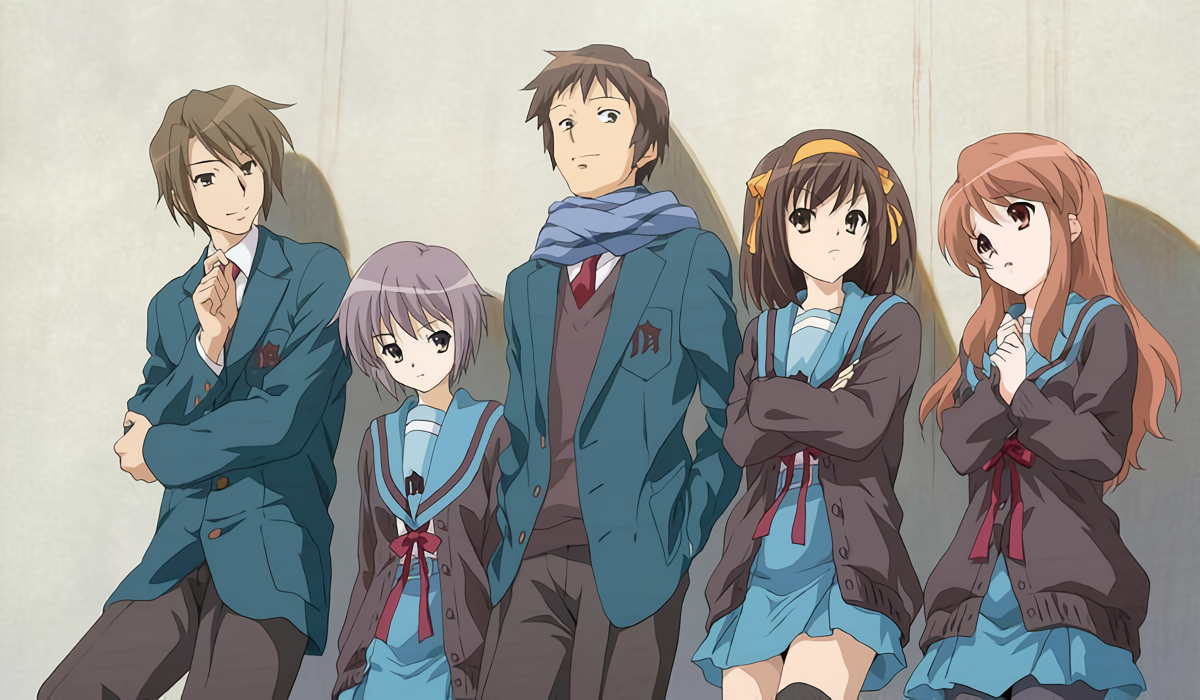
Online users reflected on their own experiences with the phenomenon. One user posted, “This reminds me of something my college professor in English Horror Literature once said. He mentioned, “When various authors imitate a single work, it leads to the formation of a genre, and as new works emerge within that genre, the original work can start to feel drawn-out and ordinary.” It’s interesting to recall that perspective.” Many also noted that similarly to Haruhi, other older influential anime such as Neon Genesis Evangelion created themes that would later be commonly imitated.
The mecha anime Neon Genesis Evangelion introduced character archetypes that continue to be popular in anime today. Characters like Rei Ayanami and Asuka Soryu Langley played a significant role in inspiring character tropes, such as the kuudere (calm and emotionally reserved) and tsundere (initially combative but softening over time) types. Rei Ayanami’s character was particularly well-received, leading to the creation of an even more specific ‘Ayanami-type’ character archetype, often characterized by short, pale-colored hair and a very soft-spoken demeanor.
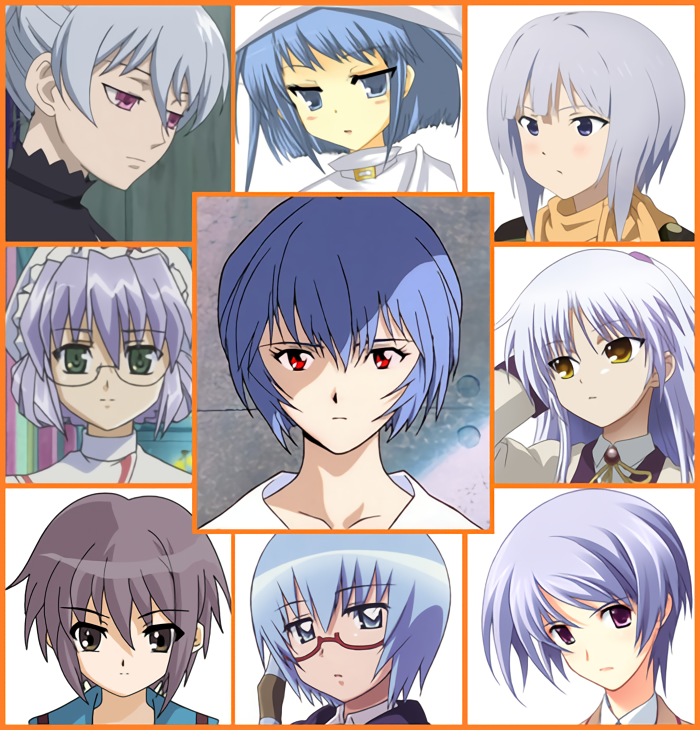
It appears that modern-day titles heavily influenced by those in the past can have somewhat of a spoiling effect, taking elements of a work that were once relatively novel and exhausting them to mediocrity. For some people, this can ruin the experience of exploring the works that originally shaped the genre. As more anime continues to be released and new tropes are introduced, themes that appear unique and innovative today might eventually encounter a similar fate. On the positive side, trends are constantly evolving, which means that themes that currently seem worn out have the potential to regain freshness over time.

